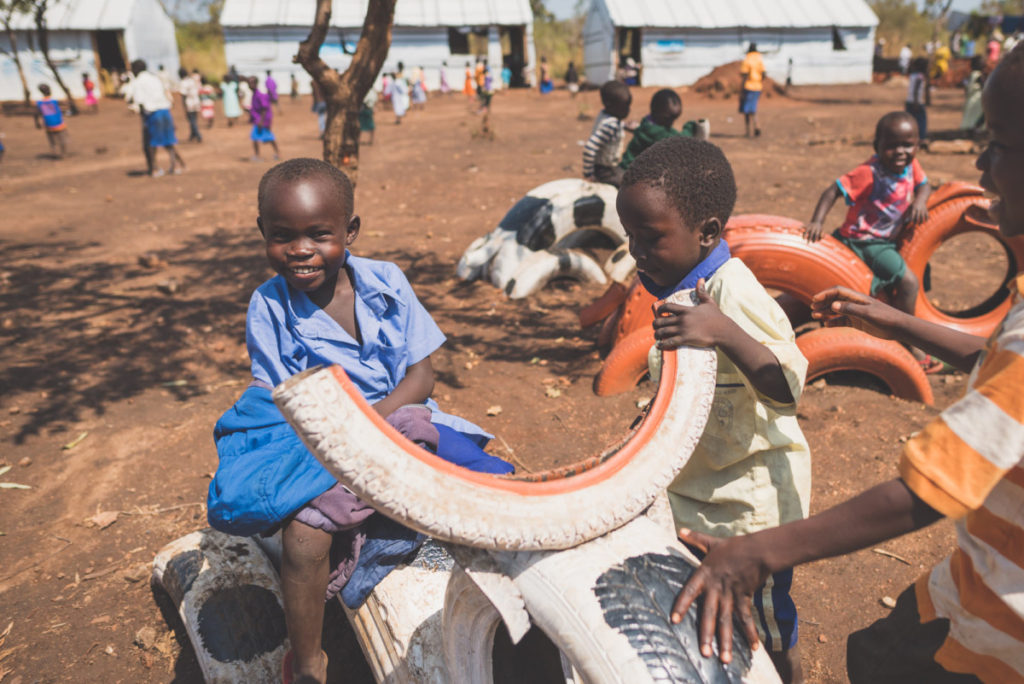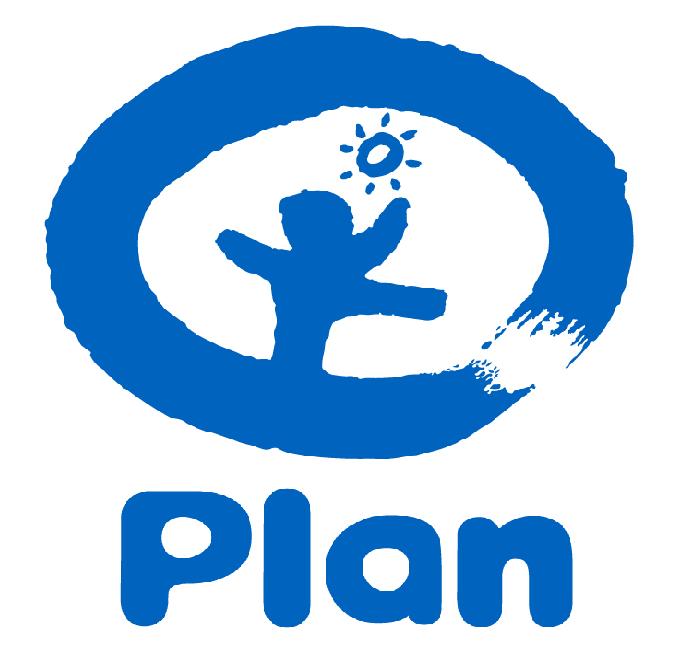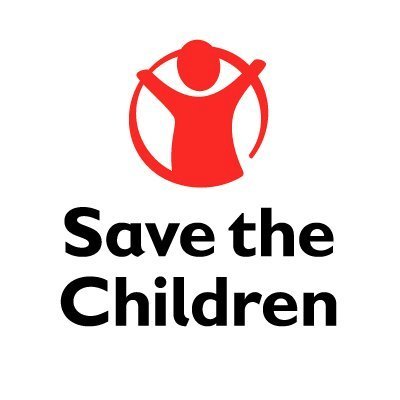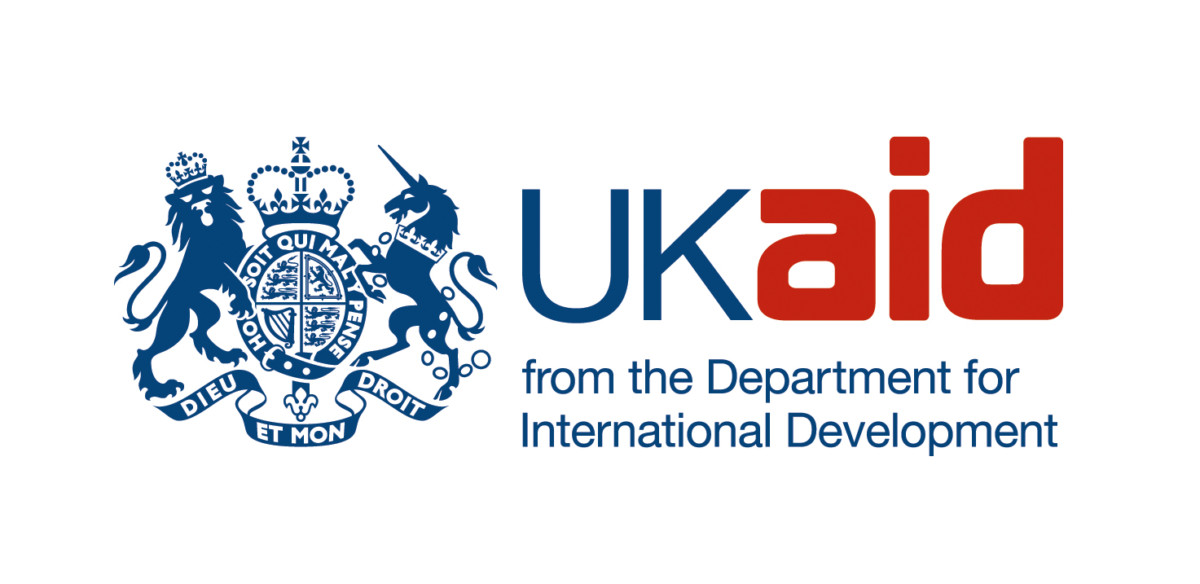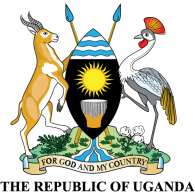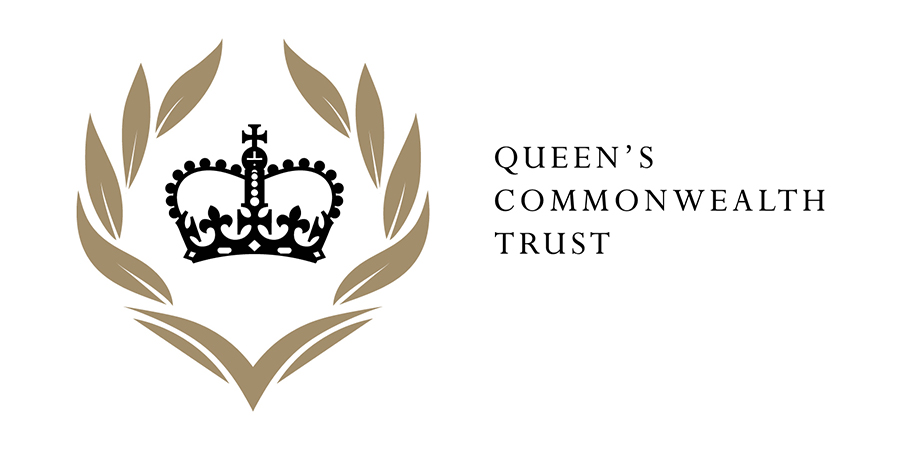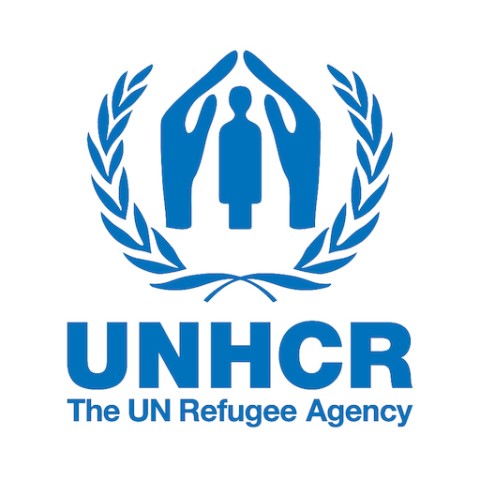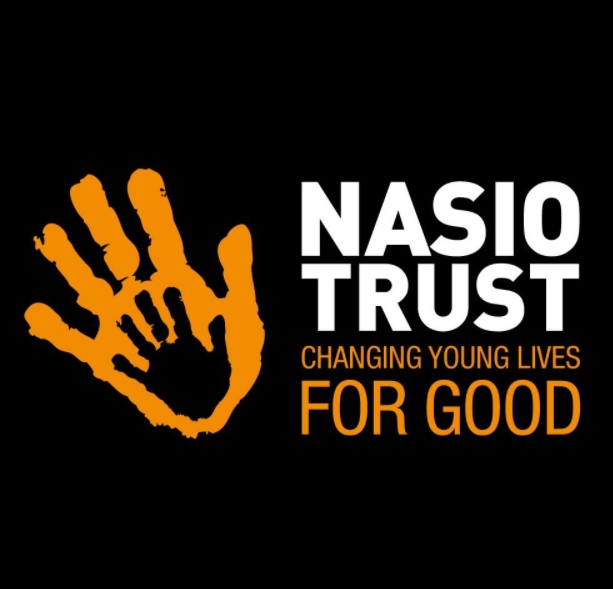Trauma
Childhood should be a magical time. A time where children can feel safe to form secure attachments, explore their world and develop healthy foundations for the future. Yet for many children – especially those who experience displacement, conflict, war, bereavement, poverty, hunger, abuse, violence and exploitation or even witness the suffering of others – it can be a source of significant trauma.
When a child experiences trauma, their brain literally changes its structure to enable the child to respond to any future threats. The fight, flight, freeze and fawn mechanism, becomes finely honed to alert the child to any perceived impending danger. This traumatic stress cycle can impact a child well into their adult future – increasing their potential for disease, depression, anxiety, suicide, addiction, violence and relationship breakdowns as well as reducing their academic and economic potential. Yet, it is possible to mitigate the impact of these childhood traumatic experiences.
“It is easier to build strong children than to repair broken men.”
Frederick Douglass
Play is a natural state of being for a child, it is what a child instinctively does to process their experiences and make sense of the world. By providing children with access to safe play, we can enable the child to tap into this natural state, and activate hormones associated with well-being such as endorphins and dopamine. Play provides a wealth of therapeutic opportunities, all under the child’s control, to process anger, relieve stress, relax, bond with others, express themselves, increase their loss of control, overcome challenges and model positive behaviours. Play is perhaps one of the simplest, most impactful and cost-effective interventions for trauma affected children.
